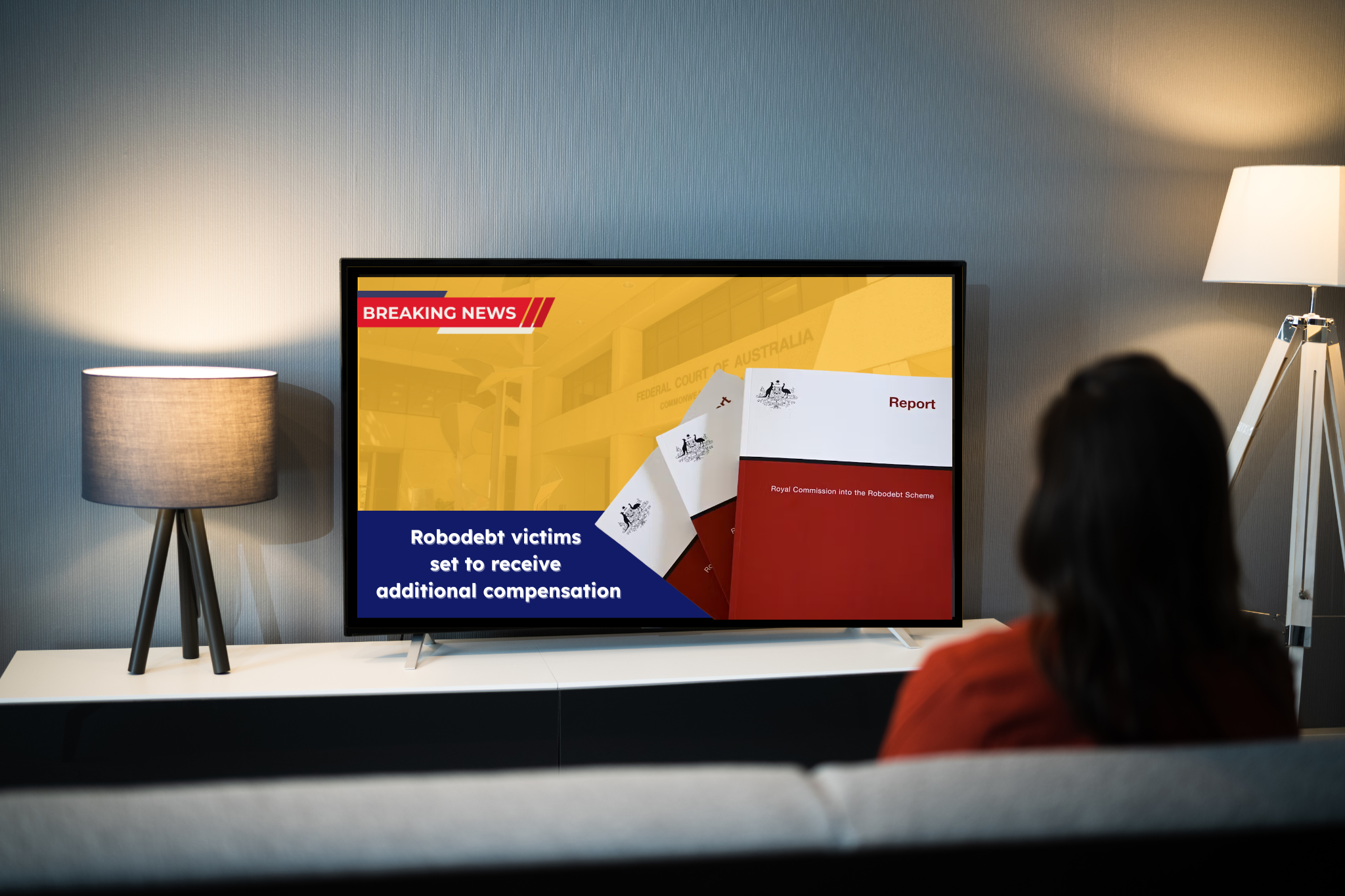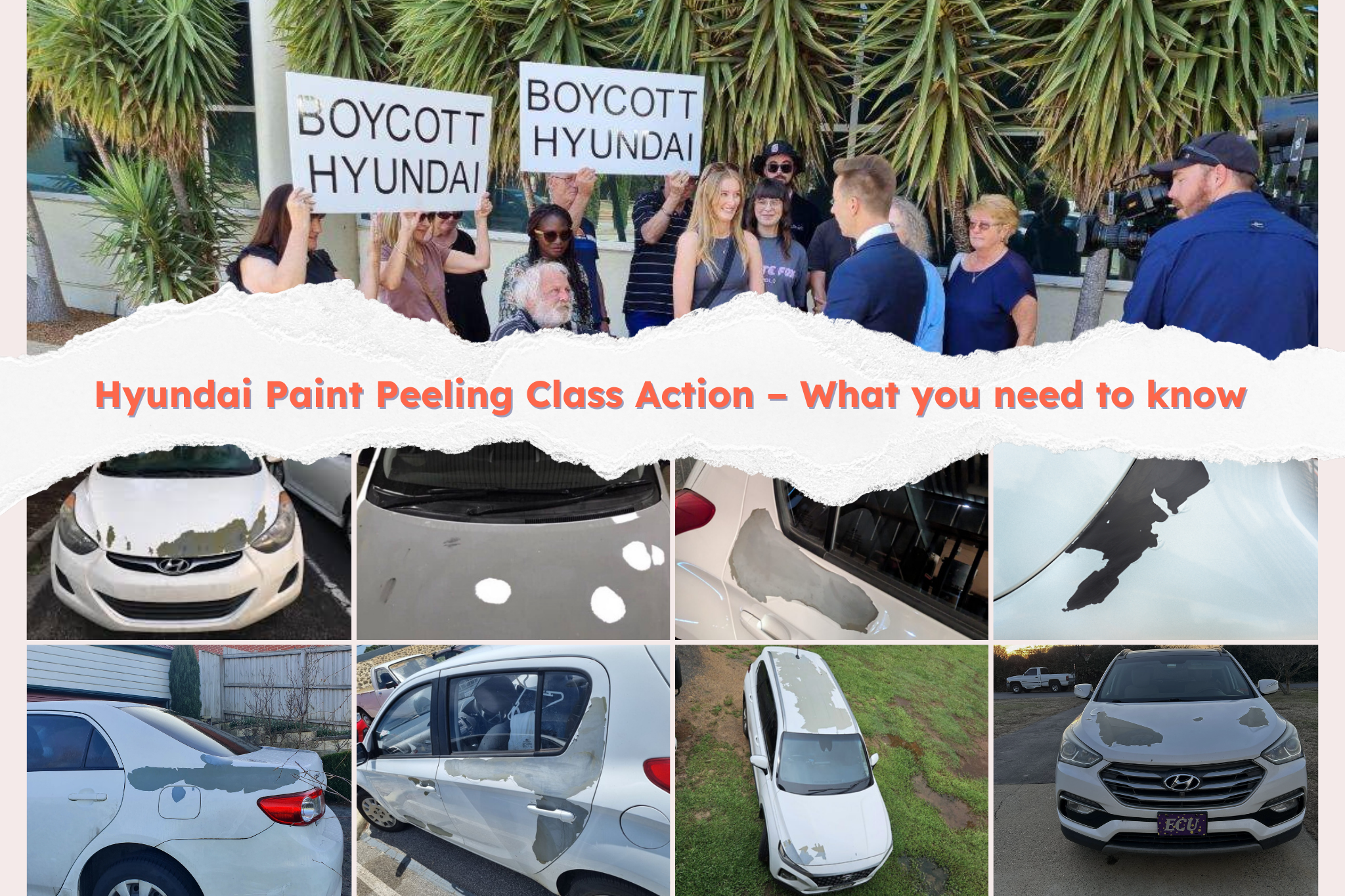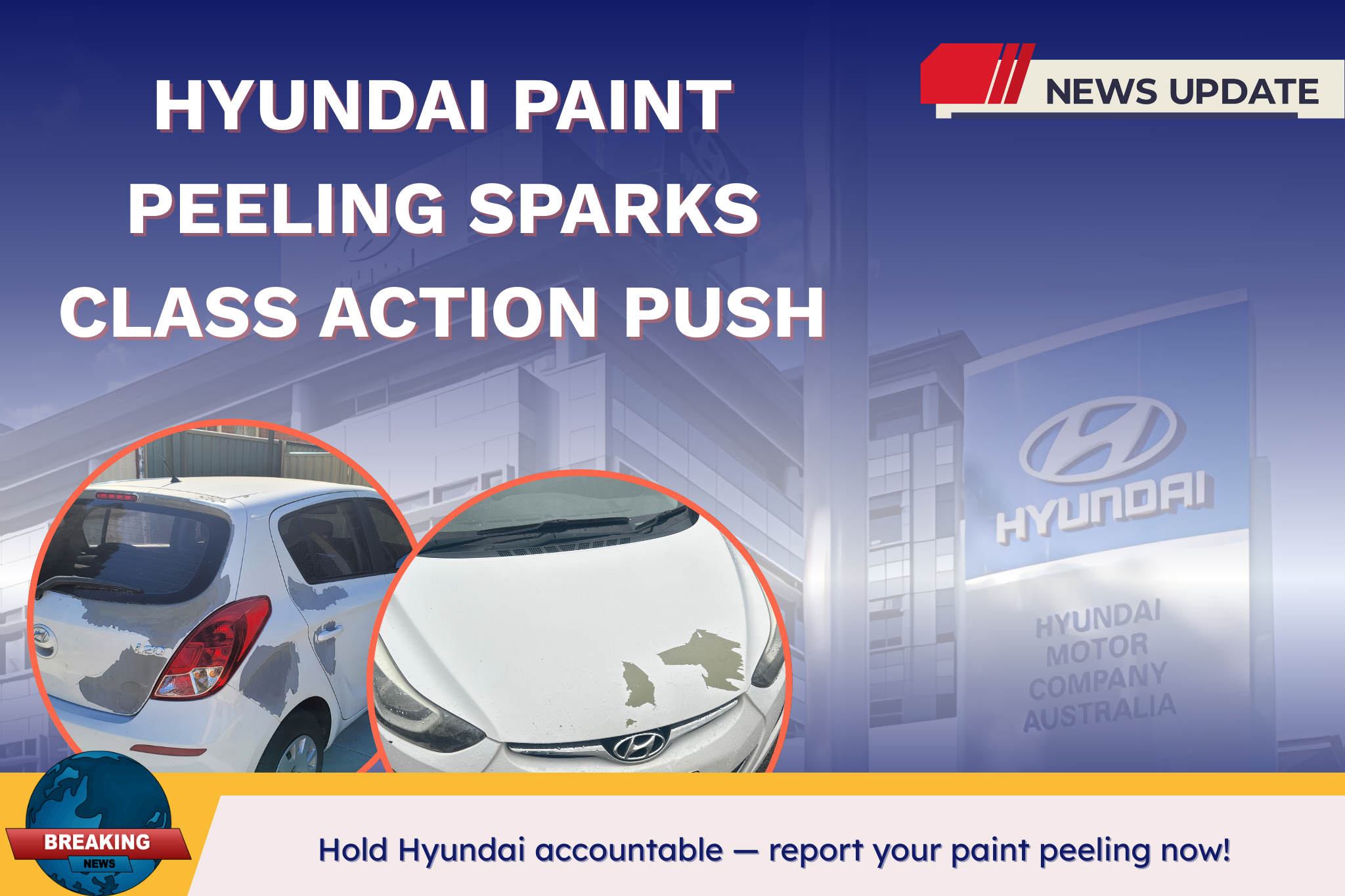
Do you have to pay for a warranty?
Last updated on August 8th, 2024
An extended warranty is a voluntary add-on, not a mandatory purchase. If someone you’re buying a product or service from suggests that you have to pay for a warranty, don’t fall for the sales pitch.
There's often a misconception that extended warranties are necessary due to the persuasive tactics used at the point of sale. Salespeople may emphasise the potential for costly repairs or replacements, making you feel you would be making a big mistake if you didn’t pay for an extended warranty.
In fact, according to a Choice study, 91 percent of retail stores will try to talk you into buying extended warranties. Big players such as JB Hi-Fi, Harvey Norman and The Good Guys were specifically mentioned in the report.
According to the same study, 71 percent of consumer don’t even fully understand what extended warranties are for, let alone the fact that you do not have to pay for a warranty. So why are we taking them out when Australian Consumer Law (ACL) already protects us?
Are extended warranties worth it?
The cost of extended warranties in Australia can vary widely, from a dollars per year to several thousand. One retailer sells an extended warranty for $300 for a $1500 mid-range TV. That’s about 20 percent of the retail price.

Extended warranties can often be bought later, although this varies depending on the provider's terms and conditions. Some retailers or manufacturers allow consumers to buy an extended warranty any time during the original warranty period.
Deciding whether or not they are worth the expense is a matter of personal preference. However, the general consensus from consumer advocates is that if you pay for an extended warranty you are probably wasting your money.
Aside from the cost of an extended warranty, most products come with a manufacturer's warranty that covers defects and issues for a certain period and, even after that, you still have the protection under Australian Consumer Law.
Does an extended warranty mean free repairs?
There’s no such thing as a free lunch, or so the saying goes. Think the same way about an extended warranty. Just because you’ve paid for that extra warranty does not mean you won’t be out of pocket if something you buy breaks down or stops working.
You need to check what is in the fine print, as the seller may put exclusions in the contract that means certain things aren’t covered under the extended warranty, or that you may have to pay a portion of the repairs yourself.
If you take out a car dealer’s extended warranty, for example, and have your car serviced somewhere other than the original dealer you might find that you are no longer covered if you subsequently take it to them for repairs.

Can you cancel an extended warranty?
If you get home and read the extended warranty more carefully and discover it does not mean free repairs or is the same as your entitlements under consumer law, you might be looking for a refund. It is generally possible to cancel an extended warranty, although it will depend on the terms and conditions. Here's what you should know:
Cooling-off period
Some extended warranties come with a cooling-off period, which allows you to cancel the warranty within a certain number of days after purchase and receive a full refund. The length of this period can vary, so check the terms.
Under the ACL, if a business fails to comply with the requirements to provide a comparison between the extended warranty and the statutory rights, or fails to inform the consumer about the cooling-off period, then the consumer has the right to cancel the extended warranty agreement within six months from the date of purchase.
After the cooling-off period
If the cooling-off period has passed, you might still be able to cancel your extended warranty and get a partial refund. This will depend on the terms of your agreement. Some providers may allow cancellation at any time but may determine your refund based on how long the warranty has been in effect or how much you've used the product.
Process of cancellation
To cancel your extended warranty, contact the company that sold you the warranty and submit a cancellation request. This might involve writing a letter or filling out a form. Send any cancellation request in a way that gives you a record of the communication, such as via certified mail or email.
Take some time to read the Australian Competition and Consumer Commision’s guide to warranties and refunds so you have a better understanding of your rights.
Having trouble getting repairs done under an extended warranty, or struggling to get a refund for a warranty you felt pressured to buy? Lodge a complaint with us and we’ll help you handle it.






